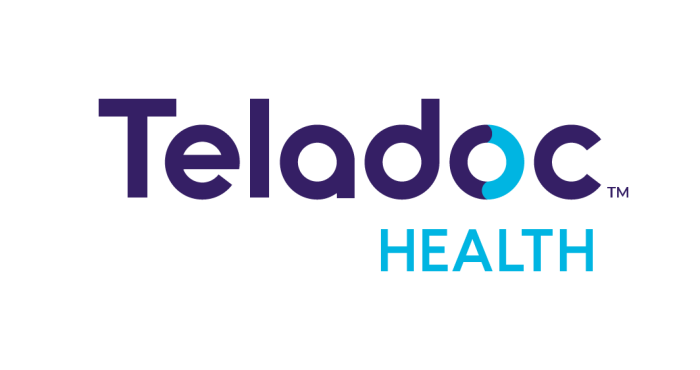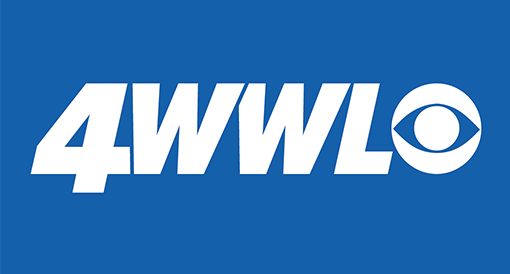Teladoc Health empowers all people everywhere to live their healthiest lives by transforming the healthcare experience. As the world leader in whole-person virtual care, Teladoc Health uses proprietary health signals and personalized interactions to drive better health outcomes across the full continuum of care, at every stage in a person's health journey.
Teladoc Health Newsroom

Featured press releases

Teladoc Health highlights progress in advancing care access, sustainability in new report
Industry leader releases fourth annual Corporate Social Responsibly (CSR) report
Featured news
Access Teladoc Health branded logos, images, videos and other assets to support your stories.
Not finding what you're looking for?
If your question is not answered in the Resources or FAQs above, please contact Customer Support.


